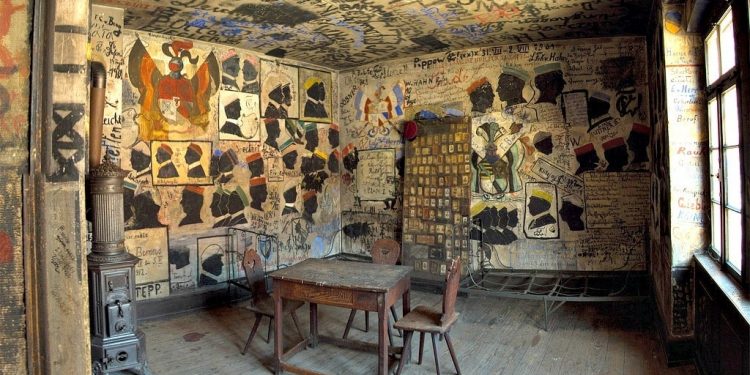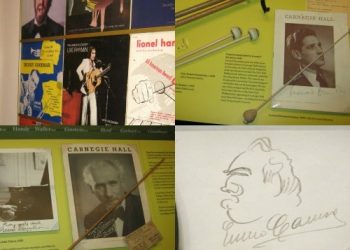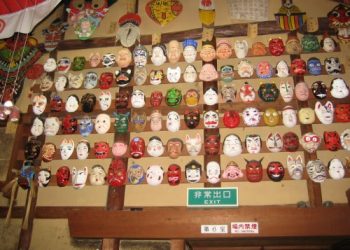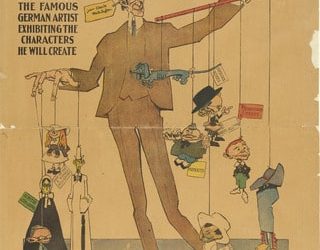I’d like to think I wasn’t a bad person during my younger days. Well, except for that time I tried to stab a boy with a carving tool in pottery class (he had been making fun of me for months but he probably just liked me???) that led to a school suspension. I also served a bunch of detentions during high school (usually for chewing gum or writing on my hand or wearing clothes with too many holes in them). Oh, and my best friend (who I haven’t seen in nearly 15 years) used to sell drugs in the park by her house and her boyfriend was in and out of jail (guess what for???). But all in all I was a pretty decent kid who just happened to be hanging out with the wrong crowd. I was like Lindsay Weir on the tv show Freaks and Geeks. Hey, at least they’re more interesting, right?
Anyway, I am glad I didn’t grow up in Germany hundreds of years ago. Private jail cells, known as studentenkarzers, were designated rooms the size of an apartment to punish unruly students. They were once the norm at many German universities between 1778 to 1914. One survives in its original state at Heidelberg University. Up some rickety stairs, visitors can see a graffiti-covered room with its original fixtures, like iron frame beds and wooden tables. Every inch of wall is filled with family crests, fraternity house symbols, scribbled spontaneous poems and silhouettes of the captive student’s faces capped with the red cap of the University uniform. Friends held together would line their faces in a group portrait, usually with signatures and the date of confinement. There is a door (now locked) that once allowed student prisoners to enter the Old University for classes during their stay. Imprisonment usually lasted from a couple of days to four weeks. Over time, being jailed in the studentenkarzer became a rite of passage for many students. Eventually visitors were allowed and the jails devolved into party rooms, where the locked-up students would invite people over to celebrate their incarceration. The Heidelberg Tourist Office describes “the much-coveted stay in the ‘Student Prison’ for such offenses as disturbing the peace, womanising, unruly drunkenness, and setting the townspeople’s pigs free.” Today the prison offers a brief glimpse into student life pre-World War I.
















